Australia is transitioning to the Workplace exposure limits for airborne contaminants (WEL list). Until 1 December 2026, you must still comply with the Workplace exposure standards for airborne contaminants (WES list). Contact your work health and safety regulator for further information.
Workplace exposure standards (WES), or workplace exposure limits (WEL), are the maximum level of an airborne contaminant that most (but not all) people can be exposed to without harm to their health.
There are over 600 substances and mixtures with an established workplace exposure standard or workplace exposure limit, however, there are many others that are hazardous to human health that do not have a mandatory exposure limit.
As a person conducting a business or undertaking (PCBU), you must ensure that workers or others at the workplace are not exposed to levels of airborne contaminants above their WES until 30 November 2026, after which you must comply with the WEL (see below for more).
The WHS Act requires risks posed by exposure to substances in the workplace be eliminated or kept as low as is reasonably practicable, regardless of whether or not there is an exposure standard or exposure limit.
From 1 December 2026, workplace exposure standards (WES) will be called workplace exposure limits (WEL). This will align with international practice and better reflect the requirements of the model WHS laws, making it clear that these are exposure levels that must not be exceeded rather than best practice standards.
Following recommendations from a review of the WES, the WEL for some chemicals have been modified, and a number of new chemicals have also been added to the list. Some advisory notations have also been updated. Advisory notations provide additional information about health risks, such as an allergic response after contact with skin.
For information on the specific changes, see the comparison table.
These changes mean that as a person conducting a business or undertaking (PCBU), you must ensure that workers or others at the workplace are not exposed to levels of airborne contaminants above their workplace exposure standard (WES) during the transition period ending 30 November 2026 and not above the workplace exposure limit (WEL) when it takes effect from the 1 December 2026. You must always eliminate the risk of exposure to airborne contaminants so far as is reasonably practicable, regardless of the WES/WEL.
It is important you understand your obligations regarding airborne contaminants. You must already be eliminating or minimising risks in the workplace from airborne contaminants so far as is reasonably practicable, and ensuring that workers are not exposed to levels of airborne contaminants above the current workplace exposure standard (WES).
You should familiarise yourself with any changes to the limits for any airborne contaminants you use or generate in your workplace. In many cases, compliance with the workplace exposure limits (WEL) can be achieved through the application of basic, well-known exposure controls and using the hierarchy of control measures.
You may need to engage an expert, such as an occupational hygienist to provide advice in understanding and demonstrating your compliance with the regulations.
The webpage for airborne contaminants will continue to be updated during the transition period with more information. You can also subscribe to receive updates from Safe Work Australia as new resources become available.
There are approximately 700 substances and mixtures with an established workplace exposure standard or workplace exposure limit, however, there are many others that are hazardous to human health that do not have a mandatory exposure limit.
The WHS Act requires risks posed by exposure to substances in the workplace be eliminated or kept as low as is reasonably practicable, regardless of whether or not there is an exposure standard or exposure limit. As a person conducting a business or undertaking (PCBU) you have a duty to keep yourself, your workers and your workplace safe by identifying any airborne contaminants and managing the risks.
Personal protective equipment (PPE), including masks, is one of the least effective control measures for managing the risk of airborne contaminants, because it does not control the risk at the source. PPE should only be considered after implementing substitution, isolation, engineering, and administrative controls. You should use PPE to supplement higher-level control measures if they do not control the risk fully. It is important to make sure the PPE, including respiratory protective equipment:
- is suitable to protect against the risk
- fits the worker who will be wearing it
- is clean and in good working order, and
- is stored appropriately.
If you have determined that respiratory protective equipment (RPE) or other PPE is required to minimise WHS risks, you must provide it to workers. You must also provide training on using and maintaining it and make sure workers are using it correctly. Depending on the type of RPE, it may have to be fit tested by a competent person such as a certified occupational hygienist.
Where RPE must be worn to minimise the risk of exposure to airborne contaminants, the protection provided by the RPE can be taken into account when determining compliance with an exposure limit, provided all other reasonably practicable higher order controls in the hierarchy of control measures have been implemented, and the RPE is worn correctly.
